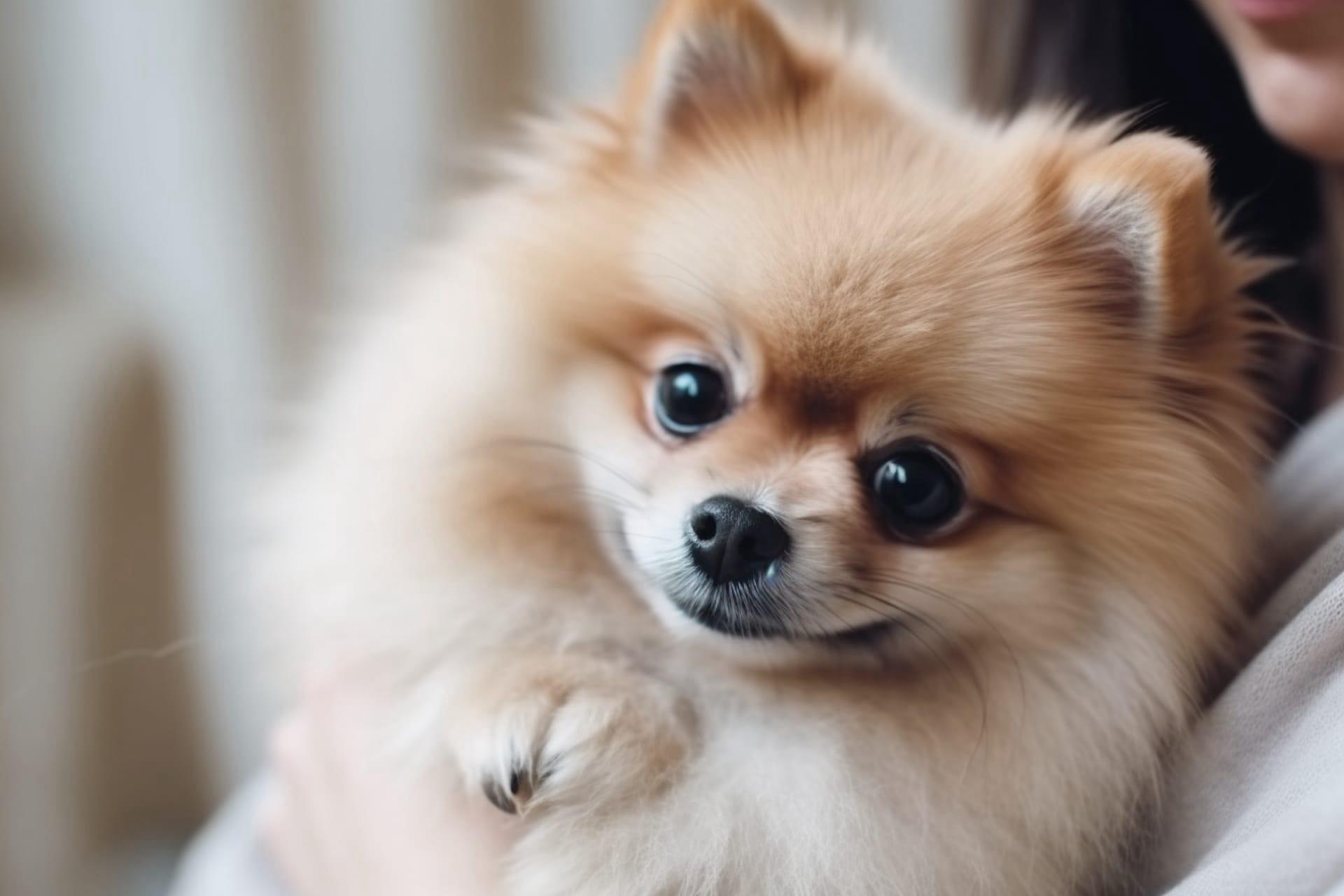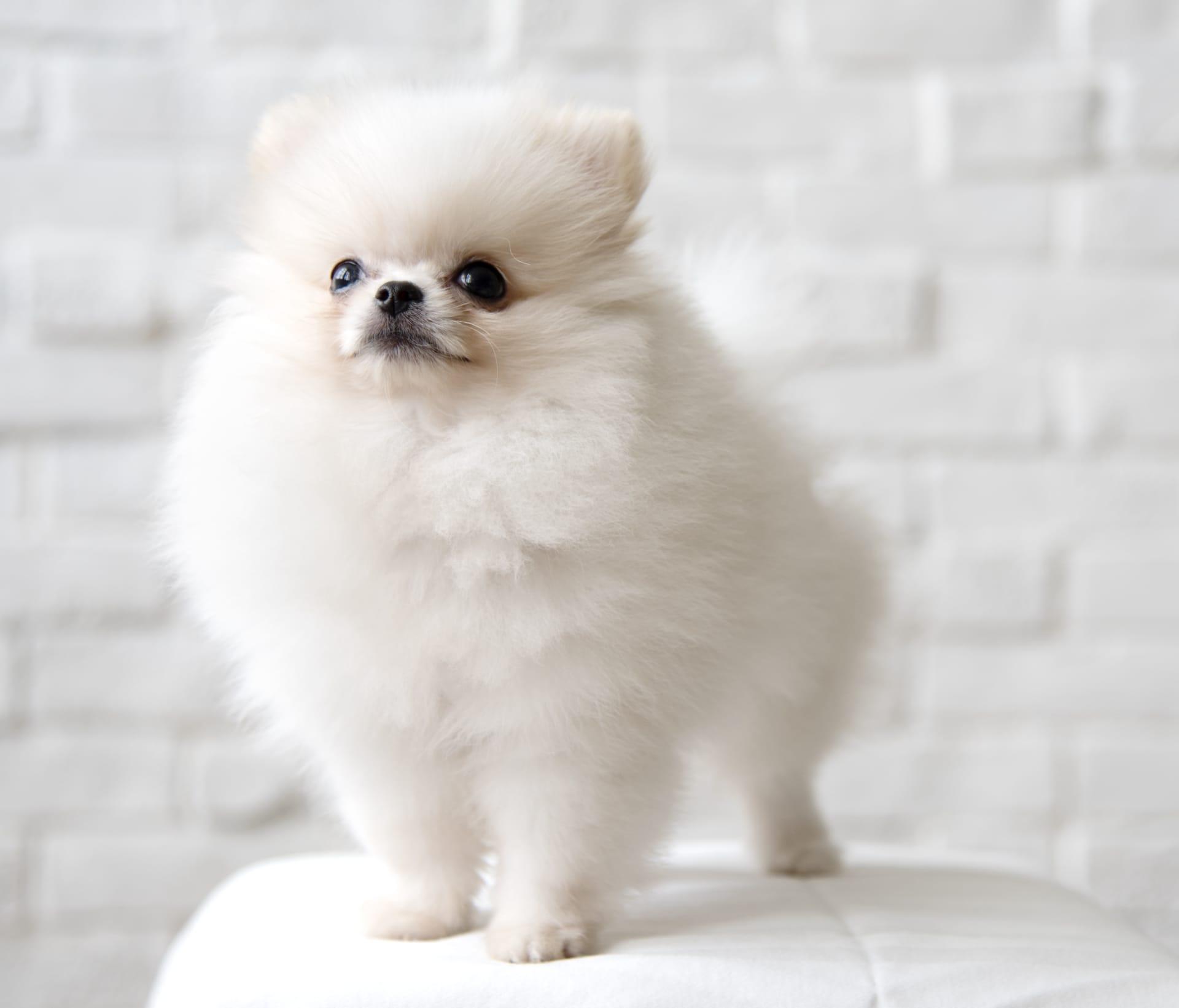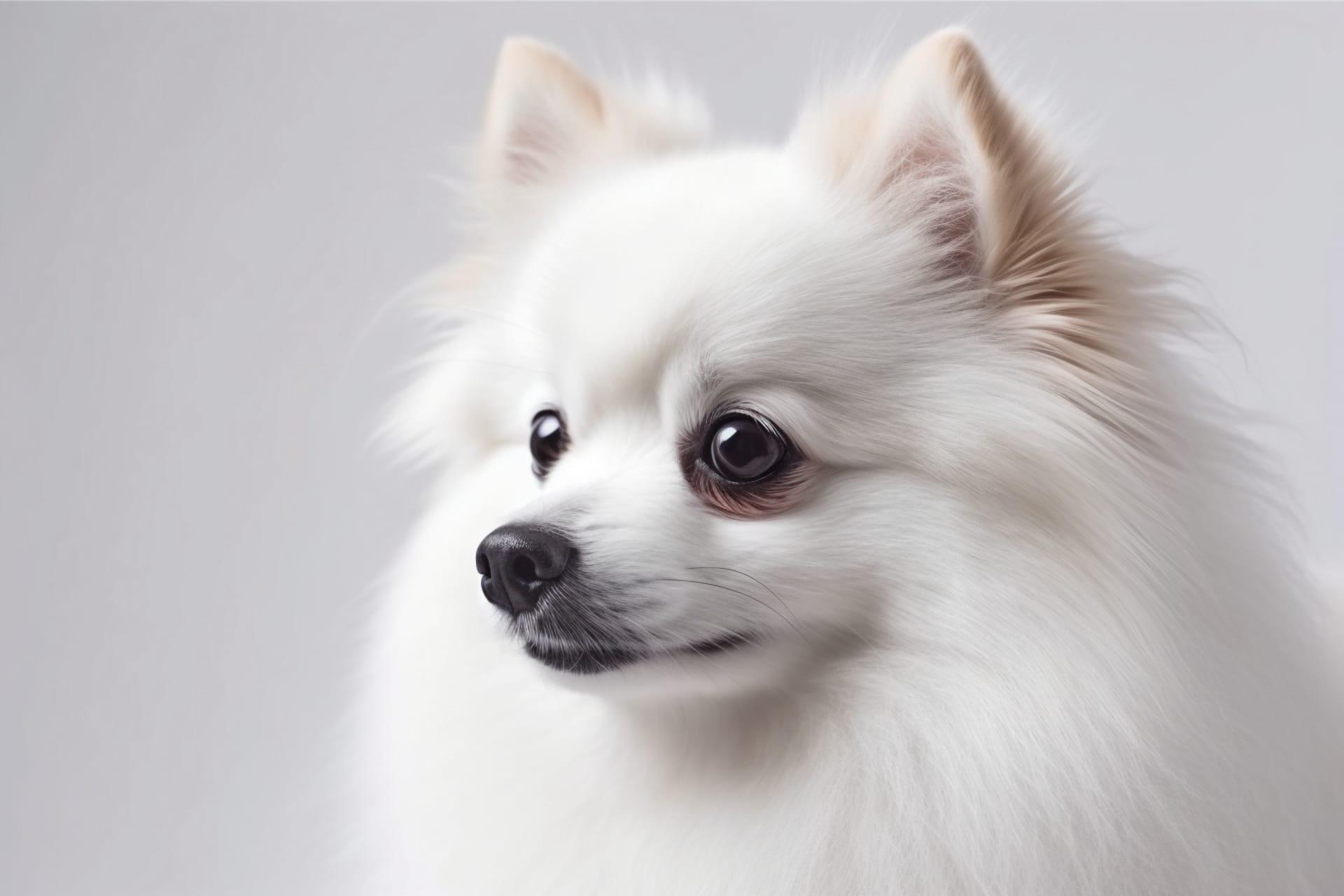1
Pomeranians, with their fluffy coats and lively demeanor, are known for their surprisingly loud bark, which belies their small size. Despite typically weighing just 3 to 7 pounds (about 1.4 to 3.2 kilograms), these tiny canines possess a powerful vocal presence. Their bark is not just loud but has a variety of tones and pitches, making them excellent watchdogs. This vocal ability stems from their ancestral lineage, which includes larger sled-pulling dogs from the Arctic regions, known for their robust barking and stamina.
Their coat is another marvel, comprising a dense undercoat and a longer, luxurious outer coat that gives them a distinctive, puffy appearance. This double-layered fur doesn't just add to their adorable looks; it serves a practical purpose too. Originally bred in colder climates, the Pomeranian's coat is perfectly designed to keep them warm in chilly weather. The undercoat acts as insulation, trapping heat close to the body, while the outer layer repels water and shields from the cold, making them surprisingly resilient to cold temperatures.

2
One might not guess from their size, but Pomeranians have a historical lineage that connects them directly to the Arctic sled dogs. These ancestors were much larger, weighing up to 30 pounds (about 13.6 kilograms), which is several times the size of today's Pomeranians. Over time, selective breeding focused on reducing their size while maintaining their spirited and resilient nature. This breeding history is evident in their fearless and bold personality, traits that were essential for survival in the harsh Arctic environment.
Queen Victoria of England played a pivotal role in the Pomeranian's evolution into the diminutive breed we adore today. During her reign in the late 19th century, she favored smaller Pomeranians, which influenced breeders to produce even tinier versions. Her own Pomeranian, named "Marco," weighed only 12 pounds (about 5.4 kilograms), which was considered small at the time. Her preference for smaller Pomeranians greatly popularized the breed across Europe and contributed to the trend of breeding them to be the petite pets we see now.

3
Pomeranians are renowned for their intelligence and trainability, ranking them high among breeds in terms of obedience and learning capability. This makes them excellent candidates for various dog sports and activities, including agility and obedience competitions. Their keen minds and eagerness to please enable them to learn complex commands and tricks, making training sessions both enjoyable and rewarding. This intelligence, coupled with their alert nature, makes them well-suited for roles that go beyond companionship, including being therapy and assistance dogs.
Despite their small size, Pomeranians have a high energy level and require regular exercise to maintain their health and happiness. They thrive on activities that engage both their minds and bodies, such as interactive games and short walks. This need for activity is a trait inherited from their larger working-dog ancestors, who spent their days performing physically demanding tasks. Providing Pomeranians with adequate exercise and mental stimulation prevents the development of unwanted behaviors and ensures a well-balanced pet.

4
The Pomeranian's luxurious coat comes in a wide variety of colors and patterns, ranging from solid hues like red, orange, and white to more exotic variations such as blue, sable, and merle. This diversity in coat color is a result of their complex genetic makeup, which allows for a broad spectrum of possibilities. Each color and pattern has its own unique genetic requirements, making the breeding of specific colors a meticulous and studied process. This variety adds to the breed's appeal, allowing potential owners to choose a pet that matches their aesthetic preferences.
Remarkably, Pomeranians are known to change coat colors as they mature. Puppies born with one coat color can develop into adults with a significantly different hue or pattern. This change is most noticeable in the first year of life and can continue to evolve until they are around two years old. Factors influencing this change include genetics, age, and hormonal changes, with some colors darkening, lightening, or becoming more pronounced with age. This fascinating transformation adds an element of surprise and delight to raising a Pomeranian puppy.

5
Pomeranians have a unique feature known as the "Pomeranian smile." This charming trait is characterized by a slight opening of the mouth and a curled lip, which gives the appearance of a smile. This expression is not just adorable but is also a sign of a happy and content Pomeranian. It's believed that this "smile" is a combination of their facial structure and their cheerful disposition, making it a delightful aspect of their personality that endears them to their owners.
Despite their popularity and charming characteristics, Pomeranians require dedicated grooming due to their dense double coats. Regular brushing, at least a few times a week, is necessary to prevent matting and to keep their fur in top condition. Seasonal shedding, known as "blowing their coat," can be particularly intense, requiring even more frequent grooming. This maintenance is crucial for their comfort and health, as it not only keeps their coat looking splendid but also helps to regulate their body temperature and prevent skin issues.